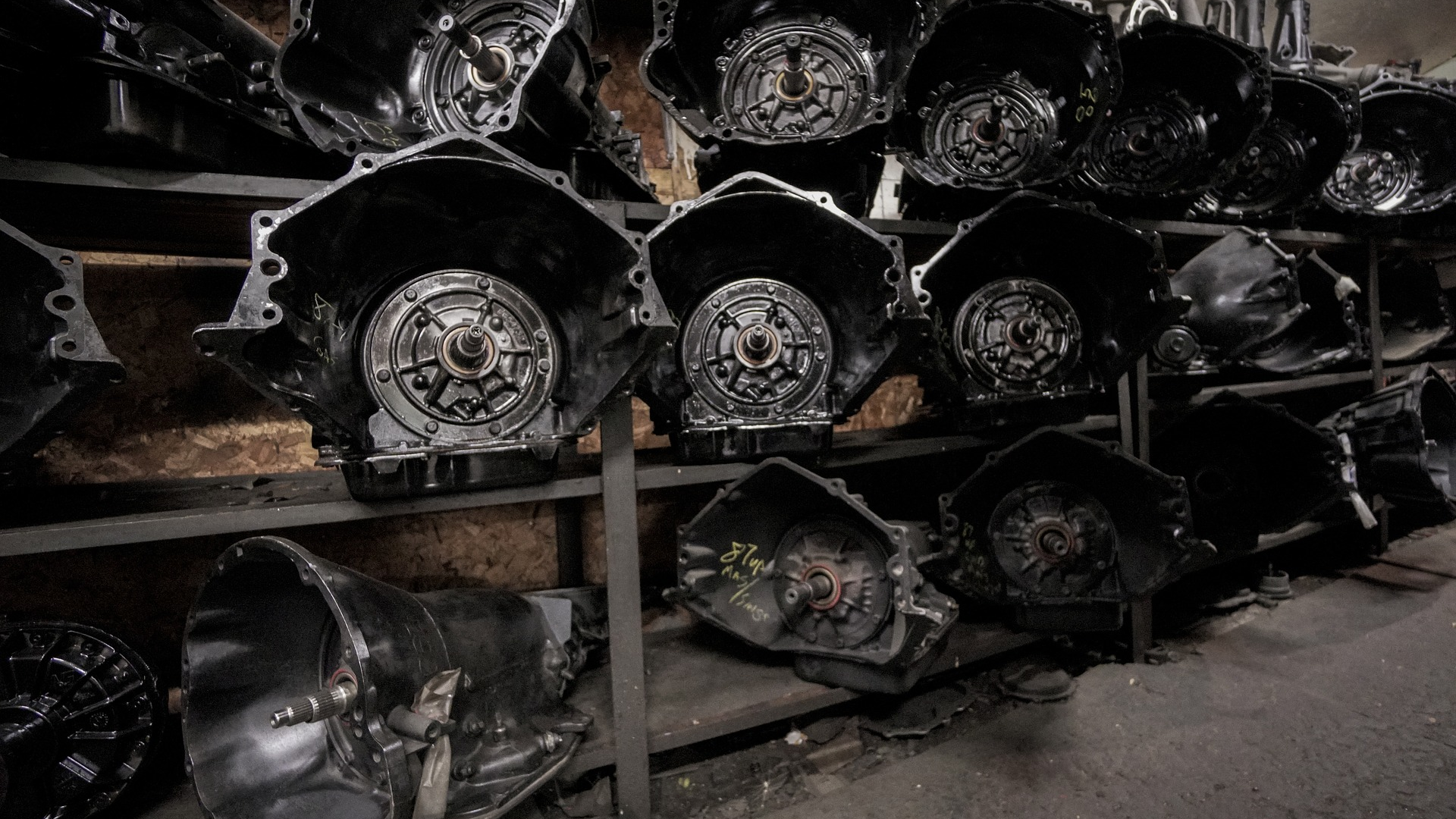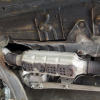The most common problems with the catalyst (which are actually called a converter or catalytic converter), are … well… uncommon. Of course, as long as the catalyst has no factory mechanical defects. Also provided that the car’s engine is working correctly. Experts say that it should remain functional after a mileage of 200,000 km. In practice, it is usually 150 thousand km and even 100 thousand km. On the other hand, problems related to the shortening of its life or its incorrect operation may occur mainly due to the changing temperature from low to high. You should pay attention to the fact that the catalyst works at very high temperatures, even 700 – 8000 C. For this reason, sudden changes in temperature are very dangerous. They are associated with problems with the catalyst, but that’s not all.
Structure of catalyst
The catalytic converter is an element of the car’s exhaust system. Therefore, it is often overlooked. However, it fails and wears out, thus reducing the car’s performance and allowing harmful substances to pass through.
From a construction point of view, it is a can in the exhaust system and looks like a miniature silencer. In the middle, there is an insert with channels. They look like honeycombs. There are two types of cartridges, i.e. ceramic and metal. So we could divide them into ceramic and metal catalysts. They differ in the material from which they are made. Some of these materials are precious metals such as platinum, rhodium and palladium. For this reason, these devices are relatively expensive. It should be noted that metal converters warm up faster, and therefore start to work faster.
Catalyst — purpose and operation
This device is a specific exhaust gas purifier in petrol engines. It has also been used in diesel engines for several years. Its task is therefore to reduce the emission of harmful substances such as carbon monoxide, hydrocarbons and nitrogen oxides. When it warms up to its optimal and very high temperature, it can capture up to 98% of these substances. The installation of catalytic converters in cars according to the law and world standards of cleanliness has been required for years. The reason behind it is exhaust gases are carcinogenic and poisonous compounds. In addition, these devices, in cooperation with the lambda probe, regulate the operation of the engine and the combustion process of petrol or diesel fuel.
It happens in such a way that the elements of which the catalyst cartridges are made react chemically with the compounds contained in the exhaust gas flowing through the catalyst. As a result of the reactions taking place inside the catalyst, the most harmful chemical compounds are broken down. They could be also transformed into much less dangerous ones. Then, in this form, they are led out of the car through the exhaust system.

Positive catalyst action
With a significant and continuous increase in the number of cars, catalysts actually protect us against serious contamination of the air and the entire environment. Therefore, their role in this respect should be appreciated. It should be noted that each such converter is a consumable part and therefore it wears out and breaks down over time. Meanwhile, with poorer quality catalysts or errors in use, it can happen at any time. Then we have specific symptoms of failure of this device, which is worth recognizing as soon as possible and as accurately as possible so as not to increase the cost of repair or replacement. As exhaust gas passes through it, this can lead to the deposition of soot in its core and subsequent blockage.
The most common problems with the catalyst
The most common problems with the catalyst arise in the first place from difficult working conditions which have a negative effect on its durability. Due to the fact that it is mounted under the car’s chassis, it is therefore exposed to damage. These are both mechanical damage and those resulting from the constant action of weather conditions. This applies to low temperatures and also to chemicals accidentally on the roads.
In addition, the exhaust fumes from the engine with high temperature (about 6000 C– 8000 C) are supplied to it. Precise temperature is depending on the conditions and intensity of driving. Yet another factor causing converter problems is the vibration caused by engine operation and driving on rough roads.
However, the factors causing these problems can be quite accurately identified. This is very important as they contribute to the early failure of the catalyst. For example, driving through large puddles can suddenly lead to irreparable damage. For this reason, a hot catalyst cools down extremely quickly under the influence of cold water. As a result, its steel housing shrinks, crushing the delicate cartridge.
Moreover, a malfunctioning ignition system can also lead to damage. The so-called misfire and defective high-voltage cables cause the unburned fuel to enter the catalytic converter and burn inside it. In addition, it is also harmful for droplets of engine oil to get into the combustion chambers and then into the converter. This is the cause of clogging of the channels inside.
Symptoms of failure of a damaged catalyst
The collection of such symptoms is extremely extensive, but not all of them occur simultaneously and with the same frequency. The most common symptoms include:
- it is impossible to start the engine when the catalytic converter is completely worn out. For example when a cartridge has broken down. The catalytic converter itself is completely clogged and the car cannot be forced to drive;
- the engine stalling immediately after firing, which means practically what was written above. A fully clogged catalytic converter prevents the engine from working properly and causes it to stall right after starting;
- noticeable reduction in power, and therefore problems with acceleration; it is caused by a partial blockage of the device, e.g. its cartridge is partially damaged or very dirty. The car is driving, but the limitation of its power is just noticeable. It may also happen that a partial clogging of the catalyst will not result in a power drop in naturally aspirated engines. Meanwhile, it will be very noticeable in turbocharged units.
Additionally, the poor condition of the part can cause problems with the catalyst:
- suspicious exhaust system noises during acceleration or revolutions;
increase in fuel consumption; - the strong smell of exhaust fumes after starting the car after a long break;
- a noticeable reduction in the amount of exhaust gas discharged through the exhaust system;
- the check engine light comes on.
In the event of damage to the catalyst, the most correct and lawful method of removing the failure of the worn-out device is its replacement.
As a specialized supplier of mounting elements for exhaust systems, Orion also offers high-quality catalysts. It supplies them to the largest distributors in Poland and abroad under the Orion brand and under the recipients’ private labels. In addition, it provides customers with professional technical, marketing and assembly service.
